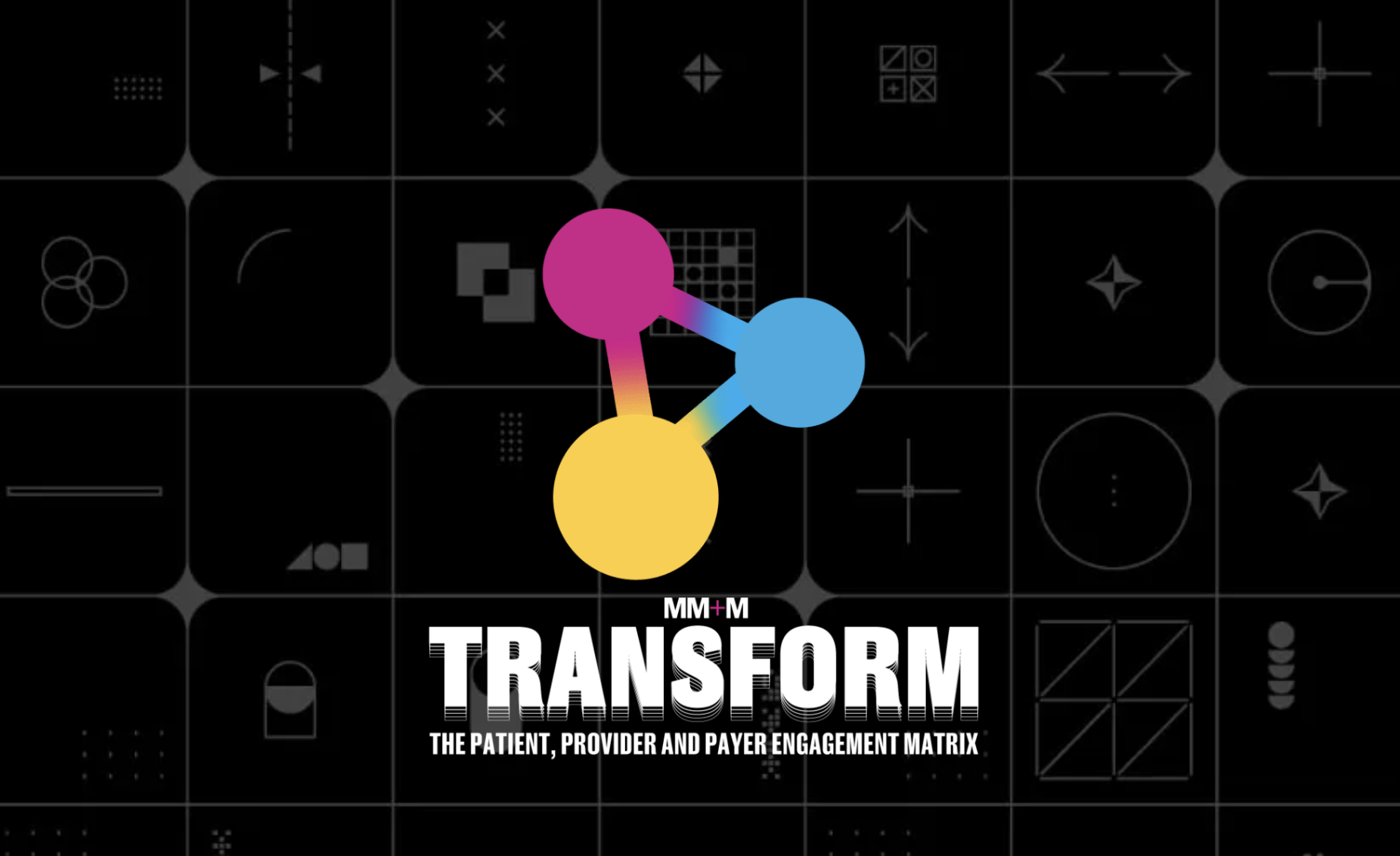5 Key Takeaways from MM&M Transform 2024
Modern technological healthcare solutions can streamline processes and make the day-to-day requirements of healthcare more efficient, but if their design doesn’t prioritize the person at the center of the medical machinery, they will fail to drive positive clinical outcomes and improve the patient experience.
ixlayer recently attended MM&M Transform 2024 where Jeff Davis, our General Manager of Biopharma, joined the Techno-Empathy and the Marketing Mix panel to discuss how an empathetic approach to biopharma tech solutions creates better products, better processes, and improves clinical outcomes.
Below, you can read 5 key takeaways from the panel discussion:
1. Empathy drives results
An empathetic approach to healthcare technology starts with understanding the pain points that patients endure. That has always been challenging with diverse patient populations, but using technology with a goal of reducing friction in the traditional model of healthcare delivery provides a straight line to meaningful healthcare engagement that gets positive results.
By understanding the pain points of the specific patients our clients need to reach, “we’re seeing positive KPIs,” Jeff Davis told the MM&M panel audience. “We just recently concluded a large program around a highly prevalent condition. The population that we reached and activated for testing was a very diverse Medicaid population. What is, at least historically, viewed as hard-to-activate people. Our client saw a 3:1 ROI. Seeing numbers like that in a hard-to-activate patient population, we know if we can do it there, we can scale this.”
2. Biopharma is ready
Any industry ready to push past the boundaries has to first understand where the boundaries are. Biopharma has always had room for innovative ideas that improve outcomes and experience, and that hasn’t changed when it comes to improving the patient-centered experience to drive impact.
“Current customer conversations—all pharma customers—are very focused on how to really tightly integrate empathy for what are often very diverse healthcare populations,” Jeff said in the panel discussion. “It can’t be one-size-fits-all. It’s empathy as an underlying thing before you get to solution design, and then bringing things to market.”
Clearly, biopharma is listening to their patients and is actively participating in designing solutions with the goal of better patient experience front and center.
3. Technological solutions can’t merely replicate the existing process
Progress requires each step to be slightly higher than the last, moving things forward and upward simultaneously. Which is why technological solutions cannot simply be digital versions of the current patient journey. Bringing the individual to the forefront and deepening their engagement is how organizations like ixlayer and our biopharma partners are moving patient-initiated lab testing and other healthcare experiences forward.
“Overall in the United States, 70% of diagnoses are based on a pivotal lab test,” Jeff told listeners. “Of all those tests ordered, 40% never get taken. There’s a massive drop off. In the traditional testing experience, you go to a PCP, then you’re referred to a service center and so forth. We’re very focused on removing as much of that friction as possible. We don’t want to create a virtual version of the same experience. We want to make it better.
“We want to consider what type of testing kits we send. What type of collection device would be best for you as a parent collecting a sample from a child versus an adult child collecting for an elderly parent, and so on. How should we present results to this type of person? Not a patient but a person. We have a lot of solution design considerations around that.”
4. The Healthcare Revolution is here
Convenient care is often empathetic care. Solutions like at-home clinical testing and telehealth options remove barriers to care by allowing patients to access healthcare around their work schedules or despite their ability to travel. These human-centered approaches were advanced more quickly during COVID, and now we are in the midst of a consumer-led healthcare revolution.
In the panel discussion, Jeff said, “COVID was forcing function for many things. We all got very used to the notion of taking home tests, for example. Talking to a doctor on a Zoom call. We all got used to that. COVID probably compressed 10 to 12 years into 18 months. I think that kind of set the stage. And then you have partners focusing on taking these behaviors that have changed and really aligning solutions to those changed behaviors.”
5. Personalization and speed are the biggest immediate improvements
“There’s an increase in personalization across the whole of patient care,” Jeff said. “And speed. It’s creating a totally different path for a certain cohort of people. It will be more personalized. It will be a better experience and it will be faster. I think those two things: personalization, combined with speed are the things that I’m the most excited about.”
CLICK HERE for more information on how ixlayer can help biopharma companies launch testing programs with speed, transparency, control and impact.
About ixlayer
At ixlayer, we believe the future of biopharma is integrated with at-home testing. But we know lab testing programs require complex logistics that can take millions of dollars and several years to set up. So, instead of each organization reinventing the wheel, we built an advanced platform that provides the infrastructure necessary for trusted brands to quickly and affordably offer millions of diagnostic tests each year. From white-labeled test kits to reporting of results, our innovative business-to-business platform serves as a gateway to a vast network of diagnostic lab testing services that help biopharma companies build relationships, educate patients, encourage medication adherence and raise awareness of biopharma’s crucial role in the healthcare ecosystem. There’s no better partner and no faster way to begin a health diagnostic program.




